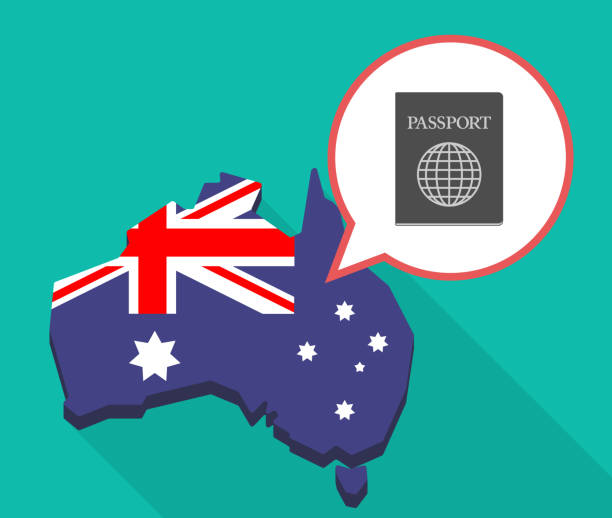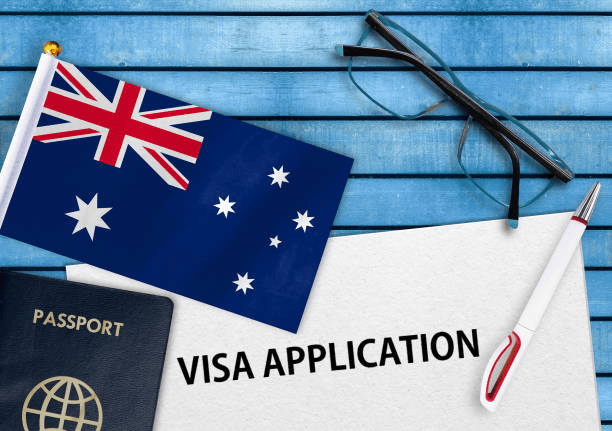Are you currently holding a substantive visa and do you wish to apply for a new visa? If yes, this article can guide you to changing your substantive visa Australia.
The Australian government offers a form of visa known as a substantive visa Australia to people who want to travel to or remain in the nation for a specific reason. This could be for purposes involving family, career, or education.
Moreover, a substantive visa is any visa that allows the visa holder to remain temporarily in Australia other than:
- a bridging visa
- a criminal justice visa or enforcement visa
Substantive visa Australia allow you to stay in the country for a longer period, but have a visa expiry date. Examples include:
- Skilled visas
- Student visas
- Partner visas
- Family visas
- Visitor visa
READ: What Is a Substantive Visa in Australia?
How to Change Your Substantive Visa Australia?
Follow the steps below if you want to change your substantive visa Australia:
- Check Your Current Visa Conditions. You must first review the conditions of your current visa. Understand any of its restrictions in relation to applying for a new visa.
- Find a Suitable New Visa. Explore the options available on the Department of Home Affairs website that would fit your needs and circumstances. Also, check if you’re eligible for such visa.
- Apply for the New Visa (before your current substantive visa ceases to be valid). Note that you must apply before your existing visa expires. The Department of Home Affairs (DHA) will usually grant you a Bridging visa to keep you lawful in Australia while the new visa is processed.
Australian Bridging Visas
Here’s some information about bridging visas in Australia:
- The most common one is a Bridging Visa A (BVA), Australia offers temporary Bridging Visas to people waiting on a main visa decision. Here are the rest of bridging visa types in Australia:
- Bridging Visa B (BVB): Allows you to travel outside and return during your main visa application (the one with letters).
- Bridging Visa C (BVC): Granted for a short time if your current visa expired.
- Bridging Visa D (BVD): Gives extra time to prepare another visa application or leave Australia (maximum 7 days).
- Bridging Visa E (BVE): For appealing a visa decision or waiting on a protection visa application.
- Bridging Visa F (BVF): Very limited circumstances for people facing removal who are illegally in Australia.
- Bridging visas often maintain the work rights of your previous substantive visa. If you need to change your work rights, you might need to apply for a different Bridging visa type.
- Your Bridging visa keeps you lawful in Australia while your new visa application is being processed. Do not leave Australia while on a Bridging visa unless the conditions allow it, or you may need to apply for a new visa entirely from overseas.
- To be considered for a BVA that lets you work, you will usually have to demonstrate that you are in financial hardship. Applicants would typically need to demonstrate financial hardship for work rights to be granted in this situation.
READ: What Is aBridging Visa?

Reasons Why You Need to Change Your Substantive Visa Australia
There are a lot of possible reasons why a substantive visa Australia holder might want to apply for a new visa. Some of these include:
- There might be a change of circumstances for the visa holders.
- The visa holder might want to permanently reside in Australia.
- The visa holder might want to have access to different benefits from other types of Australian visas.
Change of Circumstances
One example of change of circumstances would be a job change. You may start on a skilled visa tied to a specific job. If your employment changes, you might need a new visa to reflect the new role or employer.
Another one is when it’s already the end of study. If you are on a student visa and you have already graduated, you’ll need a different visa to stay and work in Australia (like a skilled visa or a partner visa).
Also, your relationship status might require you to change your substantive visa Australia. If you entered on a partner visa and the relationship ends, you’ll likely need a different visa to remain in Australia.
Finally, family circumstances can also affect your decisions to change your current visa. Certain visas allow you to sponsor relatives, but changes in family circumstances might require applying for different family visas.
Permanent Residency
Several substantive visa Australia offer a potential pathway toward permanent residency, while others do not. Depending on your long-term goals, you may need to switch visas to one that eventually allows you to apply for permanent residency.
Australian visas that lead to permanent residency vary in three streams:
- Family-stream permanent residence visas
- Work-stream permanent residence visas
- Business or investment-stream permanent residence visas
You can click the link of each stream and explore all visa options that might fit your needs and circumstances. If you want to know more about these visas, don’t hesitate to consult a migration attorney who can explain the details of these visas.
Access to Benefits
Different substantive visas grant varying entitlements. These can include work rights, Medicare access, and social benefits. Because some visas are for study only and others have restrictions on work hours or the type of work you can do, you might want to apply for another visa that allows you to do other things and gives you access to government benefits in Australia.
Also, only certain visas make you eligible for Australia’s public healthcare system (Medicare). You can receive healthcare services such as prevention, diagnosis, treatment, and management of diseases, illnesses, disorders, and other conditions that damage your health by accessing this benefit, which is extremely important.
Here’s a list of visas that come with Medicare access:
- Global Talent visa (subclass 858)
- Employer Nomination Scheme visa (subclass 186)
- Permanent Residence (Skilled Regional) visa (subclass 191)
- Skilled Nominated visa (subclass 190)
- Partner visa (Permanent) (subclass 801)
- Protection visa (subclass 866)
- Skilled Regional visa (subclass 887)
- Business owner visa (subclass 890)
- Carer visa (subclass 836)

How Can a Migration Attorney Help?
For complicated situations, consider asking a migration attorney for help. Having a migration lawyer guide you through the entire substantive visa application process is a wise choice. JB Solicitors has capable and competent migration lawyers who can aid you in your migration journey to Australia.
Since the immigration regulations in Australia are intricate and constantly changing, complying with visa requirements might result in errors. These errors will lead to lost time, additional expenses, or even the denial of a visa.
Also, even if you believe you match the visa requirements, how you explain your situation or little details can make the difference between being approved or denied. Thus, a migration lawyer can assist you in navigating the hidden terms and limitations of certain visas.
If your visa has been denied, you can contest the decision using the expertise of an attorney. If you want to know more, contact us through this link today. Let’s talk about your situation so we can lay out your options and figure out your next step about your temporary visa or permanent visa
